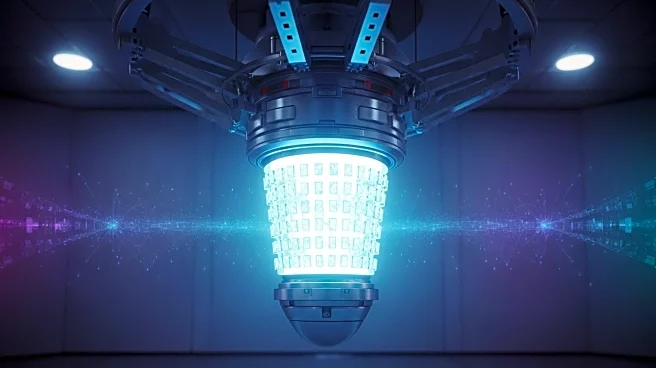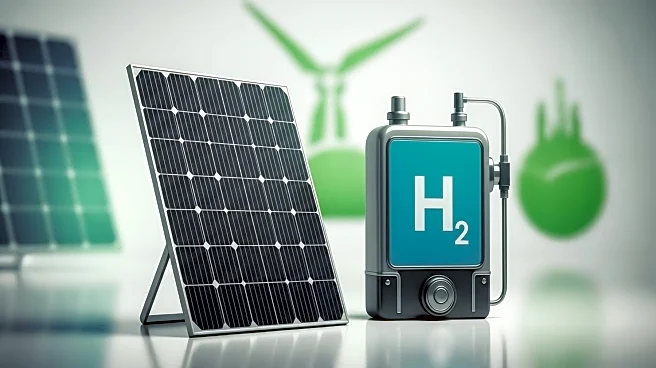What's Happening?
A team of researchers, including Chao Liang, Yiqiang Zhang, Yanlin Song, and Pengwei Li, have introduced tyrosine as an additive to improve the efficiency and stability of quasi-two-dimensional perovskite solar cells. The process involves dissolving tyrosine in ethanol, followed by the addition of hydroiodic acid, which is then incorporated into the perovskite precursor solution. This method addresses the traditional efficiency-stability trade-off in perovskite solar cells by optimizing carrier transport pathways.
Why It's Important?
The development of more efficient and stable perovskite solar cells is crucial for advancing solar energy technology. By enhancing the performance of these cells, the research could lead to more cost-effective and sustainable solar energy solutions. This innovation has the potential to significantly impact the renewable energy sector by providing a more reliable alternative to traditional silicon-based solar cells, thereby supporting global efforts to reduce reliance on fossil fuels.











